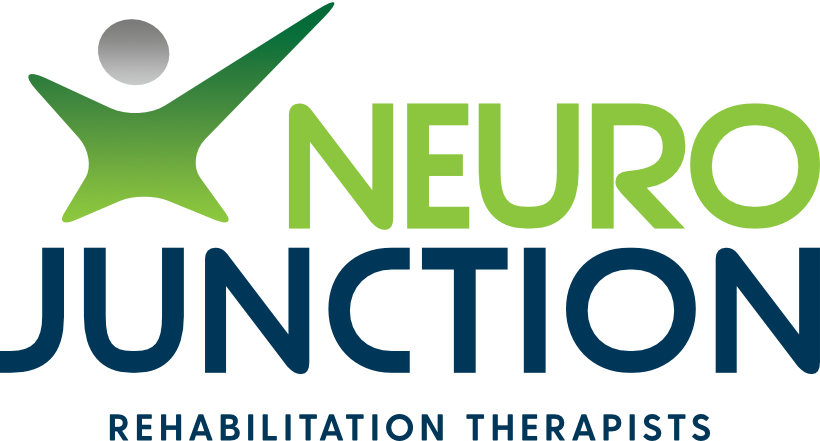Lacunar Infarct
What are Lacunar Infarcts?
A Cerebrovascular Accident (CVA), or commonly known as a stroke, is where cells of the brain cannot get the required oxygen and nutrients from blood supply. This leads to cell hypoxia and damage. Strokes are classified as being haemorrhagic or ischaemic:
Haemorrhagic strokes are due to blood vessel dissection (aneurysm, high blood pressure, or arteriovenous malformation)
Ischaemic type is where the flow is stopped or reduced from a blockage (blood clot). Ischaemic strokes account for ~87% of all strokes.
One of the more common types of strokes is a “Lacunar Infarct”. Lacuna is derived from the Latin word meaning “hole” or “pit” which is how they were first described by the Neurologist Charles Miller Fisher during post-mortem cadaver dissections. Lacunar Strokes account for about a quarter of all ischaemic strokes. They occur due to a blockage to a single small deep penetrating artery that supplies the subcortical areas of the brain.
A common feature of all subcortical strokes is neurological fluctuation and deterioration. This means that a person post lacunar infarct may have good and bad days or have a sudden reduction in their function or worsening of their signs and symptoms. A multidisciplinary team is crucial in the management of an individual post lacunar infarct.
Medical Management:
Medical management of Lacunar Strokes is extremely important as they are usually a result of underlying small vessel disease. The emphasis is on managing the stroke risk factors. This may include antihypertensive therapy, lipid management, and strict control of blood sugars after the lacunar ischemic event. People with a history of Lacunar Infarcts are also recommended to maintain a healthy diet, exercise regularly, avoid smoking, and avoid excess alcohol use to lower their risk profile.
Physiotherapy and Occupational Therapy Management:
The gold standard of care for individuals following a stroke is to have a multidisciplinary team supporting their therapeutic needs and goals through a holistic approach. A multidisciplinary team should involve Occupational Therapy, Physiotherapy, pharmacists, and speech therapy. Rehabilitation services are essential after hospital care to regain maximum strength and functional level post stroke.
References
Arboix A, Martí-Vilalta J. Lacunar stroke. 9 (2), p179-196. Expert Review of Neurotherapeutics. 2009.
Caplan LR. Lacunar infarction and small vessel disease: pathology and pathophysiology. J Stroke. 2015 Jan;17(1):2-6.
Dhamoon MS, McClure LA, White CL, Lakshminarayan K, Benavente OR, Elkind MS., SPS3 Investigators. Long-term disability after lacunar stroke: secondary prevention of small subcortical strokes. Neurology. 2015 Mar 10;84(10):1002-8
Mok V., Kim J.Prevention and Management of Cerebral small vessel disease. 17(2), p111-122, Journal of stroke. 2015.
Palacio S, McClure LA, Benavente OR, Bazan C, Pergola P, Hart RG. Lacunar strokes in patients with diabetes mellitus: risk factors, infarct location, and prognosis: the secondary prevention of small subcortical strokes study. Stroke. 2014 Sep;45(9):2689-94.

